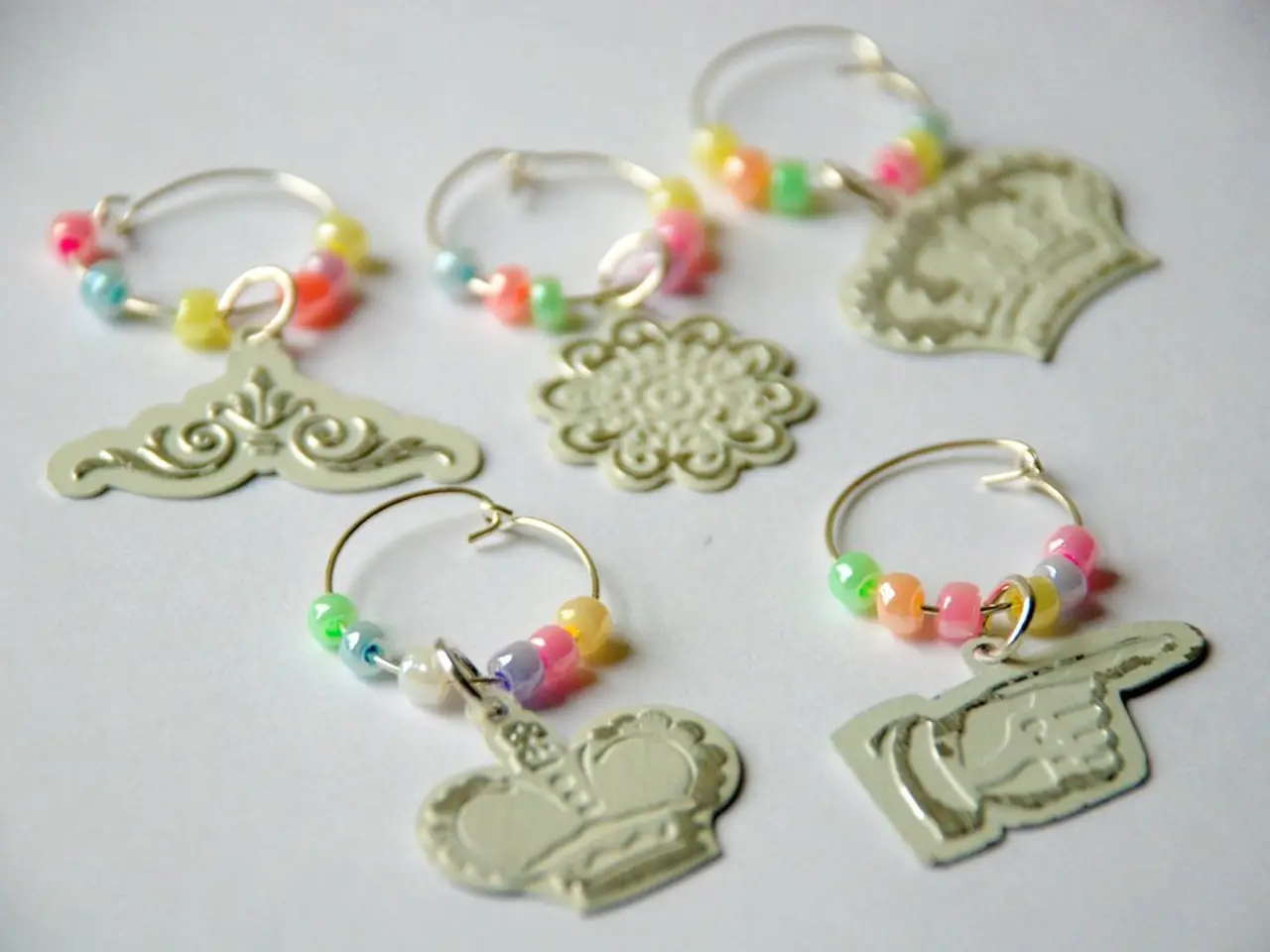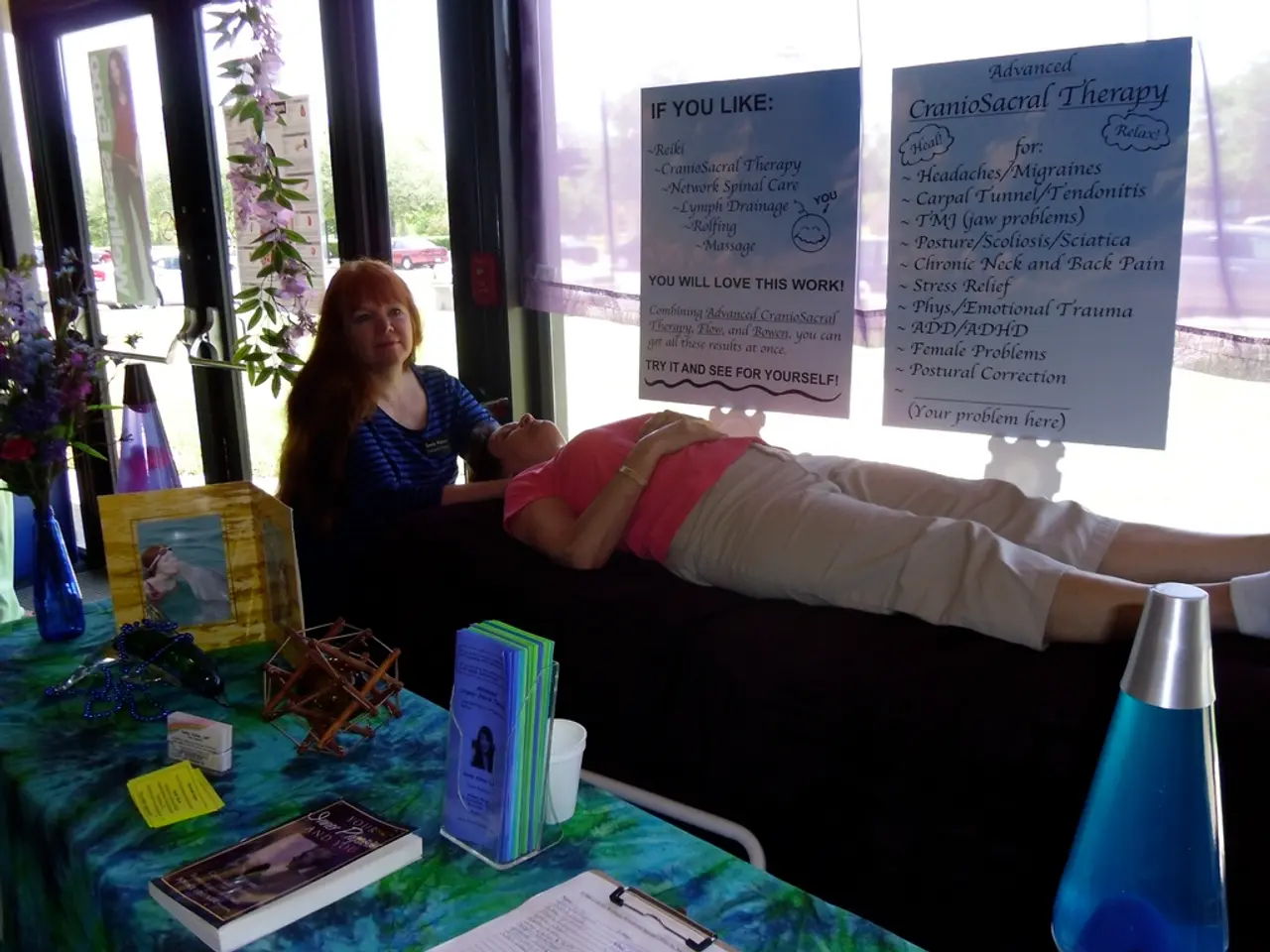Ear Pimple: Recognizing Signs, Understanding Causes, and Seeking Treatment
Acne in the ear, although less common, can be an uncomfortable and bothersome skin condition. Here's what you need to know about its causes, prevention, and treatment.
Acne in the ear can be triggered by several factors. Excess sebum production from the oil glands in the skin around the ear can lead to clogged pores and hair follicles. Poor hygiene, hormonal changes, and the use of certain hair and skin products can also contribute to acne formation. Irritation or trauma from frequent touching, tight-fitting earphones, or helmets can exacerbate the condition. Bacterial infections, particularly by *Propionibacterium acnes*, and underlying skin conditions like seborrheic dermatitis or eczema can also cause acne in the ear.
To prevent and manage ear acne, maintaining good ear hygiene is crucial. Gently clean the ear without over-scrubbing, and avoid sharing or frequently cleaning earphones and earbuds. Using non-comedogenic hair and skin products is also recommended. After swimming or bathing, ensure that your ears are well-dried to avoid excess moisture buildup.
It's important to avoid touching or picking at acne lesions, as this can lead to further irritation and infection. If acne in the ear persists, is painful, or worsening, it's best to consult a dermatologist.
Over-the-counter or prescription drugs can help treat acne, including azelaic acid, products containing salicylic acid, and topical retinoids like tretinoin. In severe cases, isotretinoin may be used. Antibiotic creams can help treat bacterial infections, and a healthcare professional may remove a pimple that causes severe discomfort or distress.
Remember, it's essential to seek medical advice if you're unsure about a bump in or on your ear. Conditions such as sebaceous cysts, keloid scars, seborrheic keratosis, acanthoma fissuratum, boils, and basal cell carcinoma can mimic or worsen acne.
Practicing proper ear hygiene, such as regular washing, avoiding foreign objects, and taking breaks from wearing helmets or hard hats, can help prevent pimples in the ear. Pimples can occur on the outer ear, behind the ear, or inside the ear canal.
In conclusion, while acne in the ear may be less common, it's essential to understand its causes and how to prevent and manage it. By maintaining good hygiene, using the right products, and seeking medical advice when necessary, you can keep your skin healthy and acne-free.
- Although less common, acne in the ear can be predicted due to factors like excess sebum production, poor hygiene, hormonal changes, or usage of certain products.
- Diabetes, arthritis, HIV, or psoriasis are not typically associated with acne in the ear; however, underlying skin conditions like seborrheic dermatitis or eczema can contribute to its formation.
- In the health-and-wellness realm, maintaining good ear hygiene, such as regular washing, avoiding foreign objects, and taking breaks from wearing helmets, is crucial for preventing pimples in the ear.
- Science has developed various treatments for ear acne, including over-the-counter drugs like azelaic acid, salicylic acid, and topical retinoids, as well as prescription medicines and antibiotic creams.
- Fitness-and-exercise routines that involve wearing helmets or headbands should be adjusted to prevent acne formation and irritation in the ear.
- Skin-care regimens including the use of non-comedogenic products and avoiding picking or touching acne lesions can help manage and prevent ear acne, promoting overall skin health and wellness.




